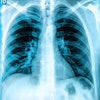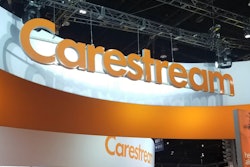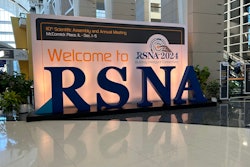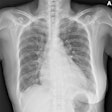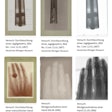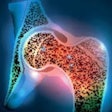The U.S. Preventive Services Task Force (USPSTF) has placed a higher emphasis on the use of dual-energy x-ray absorptiometry (DEXA) for osteoporosis screening, according to an updated recommendation published on 14 January in JAMA.
“For the current recommendation, the USPSTF has noted that screening includes [DEXA] bone mineral density (BMD), with or without fracture risk assessment,” the task force wrote.
Otherwise, the recommendation is consistent with the USPSTF’s 2018 recommendation, as follows:
- Universal screening is recommended for women 65 years or older.
- Screening is also recommended for postmenopausal women younger than 65 years with one or more risk factors for osteoporosis.
- For men, the USPSTF found there is not enough evidence to make a recommendation about screening for osteoporosis.
The prevalence of osteoporosis among U.S. residents 50 years or older is 12.6%, but higher among people 65 years or older (27.1% in women and 5.7% in men), in women compared with men, and among Asian, Hispanic, and white individuals, the USPSTF noted.
DEXA is currently a gold standard test for osteoporosis based on its ability to measure bone density, which decreases with age and in turn increases the risk of fractures. Low bone mineral density does not cause pain or other symptoms, and thus without screening, individuals may not know they have osteoporosis until a fracture occurs, the task force noted.
While the 2018 recommendation specified screening tests broadly as “bone measurement testing,” the decision to specify DEXA BMD testing was prompted by new evidence reported in 28 publications, the USPSTF wrote.
“The USPSTF found adequate evidence that centrally measured [DEXA] BMD can accurately predict osteoporotic fractures in women,” the task force wrote.
The recommendations lists a number of additional tools that can be used to assess osteoporosis risk, including the Fracture Risk Assessment Tool (FRAX), the Simple Calculated Osteoporosis Risk Estimation (SCORE), the Osteoporosis Risk Assessment Instrument (ORAI), the Osteoporosis Index of Risk (OSIRIS), and the Osteoporosis Self-Assessment Tool (OST).
In addition, the USPSTF clarified that it is not recommending against screening in men. Simply, evidence is insufficient to assess the balance of benefits and harms in men and this is a call for more research, the USPSTF said.
“In the absence of evidence, clinicians and their patients should decide together whether to be screened,” the task force wrote.
The full recommendation can be found here.




